The 870-mile Wales Coastal Path cost £14.6 million — and it's truly money well spent
Walking along the cliffs in Ceredigion fires up Fiona Reynolds — next stop, Wales’s entire coastal path?


The ridge, like a great whaleback, rises ahead of me. It’s softly green and swelling, a sharp contrast to the black, jagged cliffs below. Simply being by the sea is intoxicating: I’m revelling in the distant crash of the waves and heady scent of sea air.
It’s a gloomy morning after a few days of scintillating weather and my brain memory is still filled with last night’s dramatic sunset, viewed from Aberystwyth University’s Arts Centre. The bright light is all gone this morning, but I’m phlegmatic — you take the weather that comes and the chance to walk along the coast is a rare one in my landlocked life.
Especially here, as it’s been years since I was in this part of mid Wales. Since then, the Welsh Government has put in an all-Wales Coastal Path, all 870 miles of it, completed in 2012 at a cost of £14.6 million. That was truly money well spent, as it’s been calculated that the path generates enough income to pay back those costs in a single year — sustainable, green income, too. What’s not to like about that?
The section I’m walking is from Aberystwyth to Borth and I begin by climbing Constitution Hill at the north end of the promenade. It features heavily on the vintage railway posters advertising Aberystwyth’s charms, from its steep funicular cliff railway to picnickers on the sunlit hill — a bit of a contrast to February’s cloudy quietness. Nevertheless, I climb the hill and am soon at the top.
The first stretch northwards takes me to the holiday village at Clarach Bay, reached by a gentle path that curves upwards, hugging the contours, before descending to sea level through the remains of a pine forest. The holiday village is quiet, too, and it takes me only a few minutes to walk through it along the beach. As I leave it behind, I feel the magic of the sea, and experience the joy of solitary walking, watching the path snaking before me.

I warm up as first I climb, then descend to Wallog, where a lone house sits on the coast. It’s famous for Sarn Gynfelin, one of Cardigan Bay’s mysterious long stone spits extending westwards into the sea. Speculating on its origins (manmade or natural?) and recalling the ancient stories of kings and courtiers fleeing along it, I climb upwards, hugging the very edge of the cliff and looking out to sea in the vain hope of seeing (if not escaping kings) Ceredigion’s dolphins. No such luck, but the seabirds’ cries are evocative enough.
It’s a long haul to the highest point, from which I can see the long sweep of Cardigan Bay north and westwards, ending in the Llyn Peninsula and Bardsey Island. Then, almost too soon, I see Borth’s war memorial perched prominently on the skyline. I descend to the beach at Pen-y-Graig before climbing up to sit with my back against the monument, gazing out to sea.
Exquisite houses, the beauty of Nature, and how to get the most from your life, straight to your inbox.
I have a choice here. I could do the route in reverse, with just enough time before I catch my train to Porthmadog, or I can explore Borth and take the train back to Aberystwyth. I decide on the latter, for who knows when I may visit again? Up to this point, I’ve seen no one, and the reality of an out-of-season coastal village is exactly that — quiet. Nearly everything is shut, including (sadly) the church and railway museum, but I enjoy wandering along the high street and I’m glad to find a takeaway coffee as I wait for my train.
As we chug back to Aberystwyth, I’m impressed by both the joy of the path and its contribution to Wales’s economy. In fact, today has done little but whet my appetite for the whole thing.
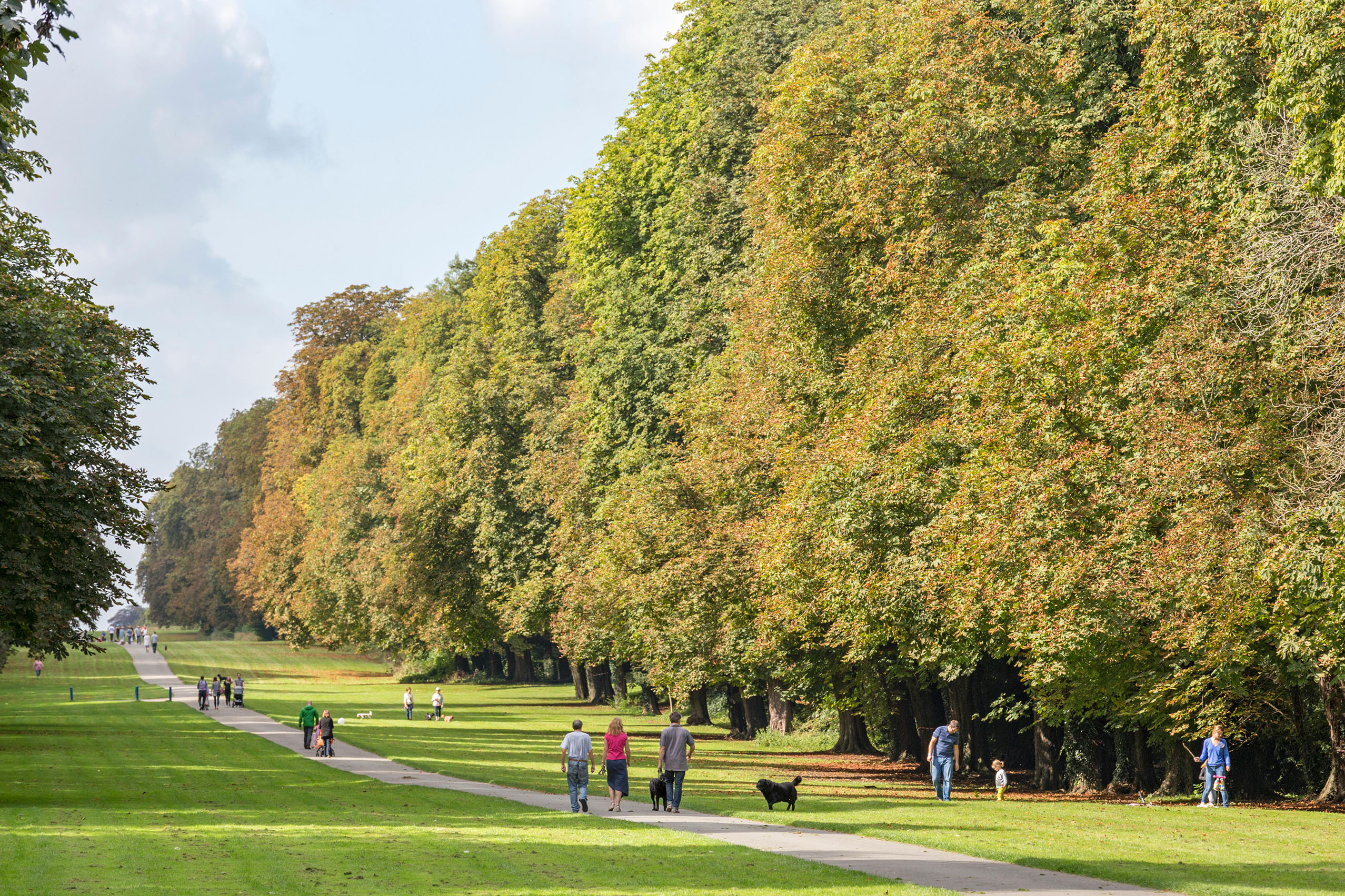
Cirencester Park, still full of 'the amiable simplicity of unadorned nature' 200 years after its creation
Fiona Reynolds strolls through Cirencester Park and beyond into the Gloucestershire countryside.

A walk through Badley Woods: 'My memory, is on fire, and I wander through the woods looking for places half-remembered, but intensely felt'
A return to scenes from a carefree childhood rekindles happy memories for Fiona Reynolds.

Credit: robertharding / Alamy Stock Photo
Lundy Island: The joys of a good walk, inspiring beauty and no phone signal
Fiona Reynolds was left refreshed and exhilarated after a trip to Lundy Island.
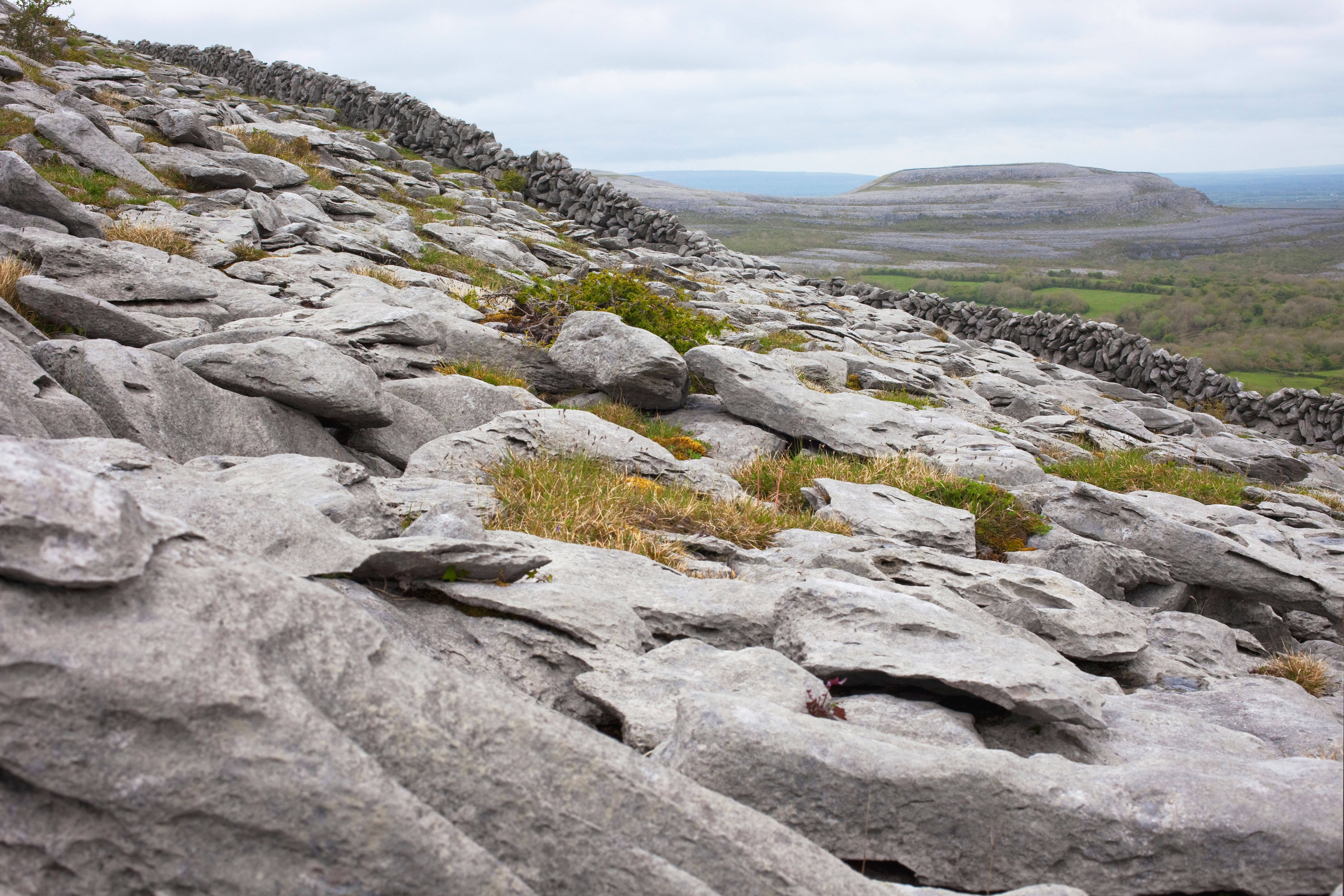
Walking The Burren, Co Clare: A place of curved hills, acres of open limestone and a landscape in which to lose oneself
Fiona Reynolds eats her words about regular walkers avoiding showers during the wettest months she can remember.
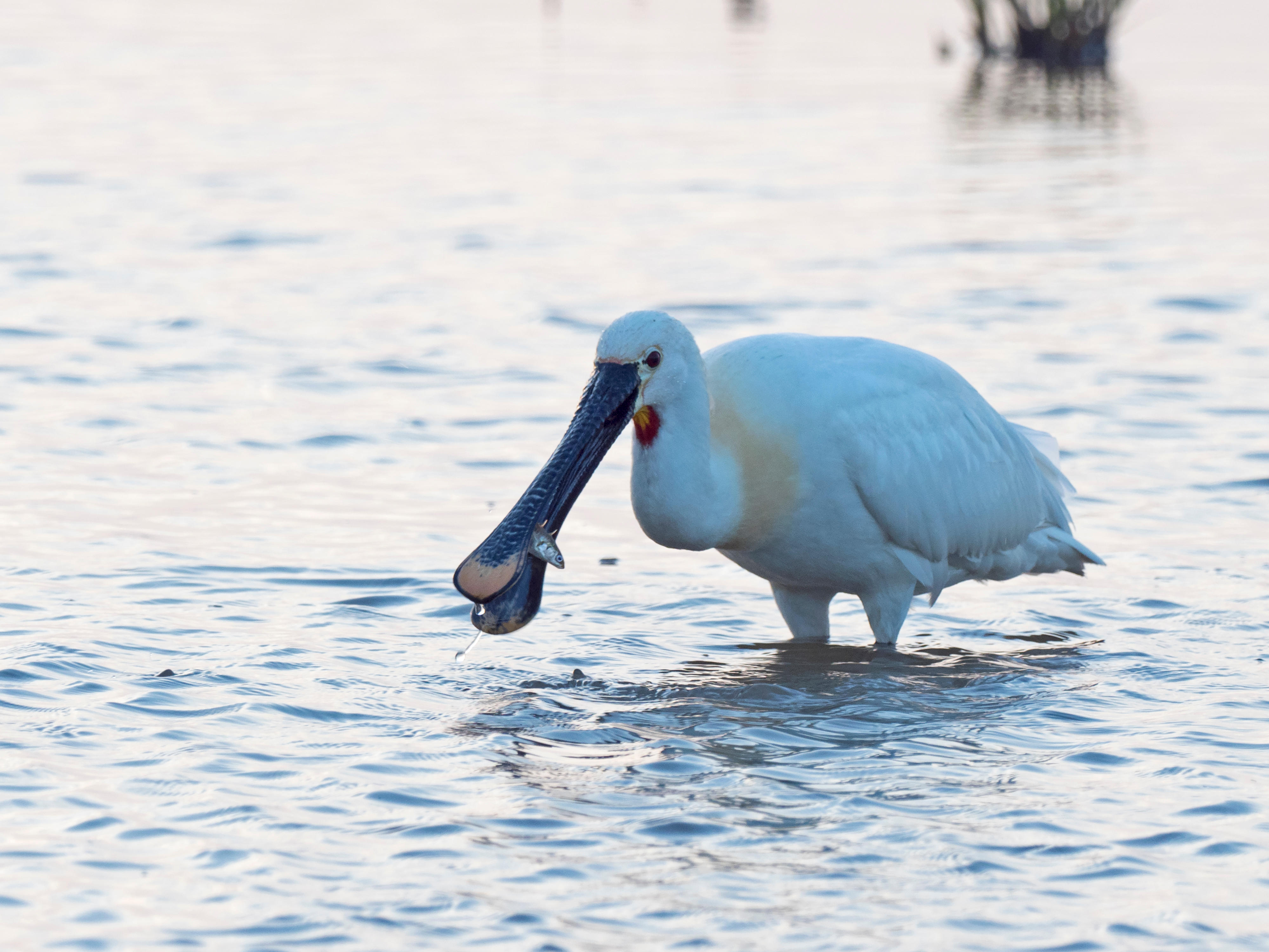
Tracking the Norfolk spoonbills: 'We’ve hardly walked a mile before a string of three white birds flies towards us'
Fiona Reynolds visits the wilds of Norfolk to find spoonbills — and discovers a remarkable conservation success story.
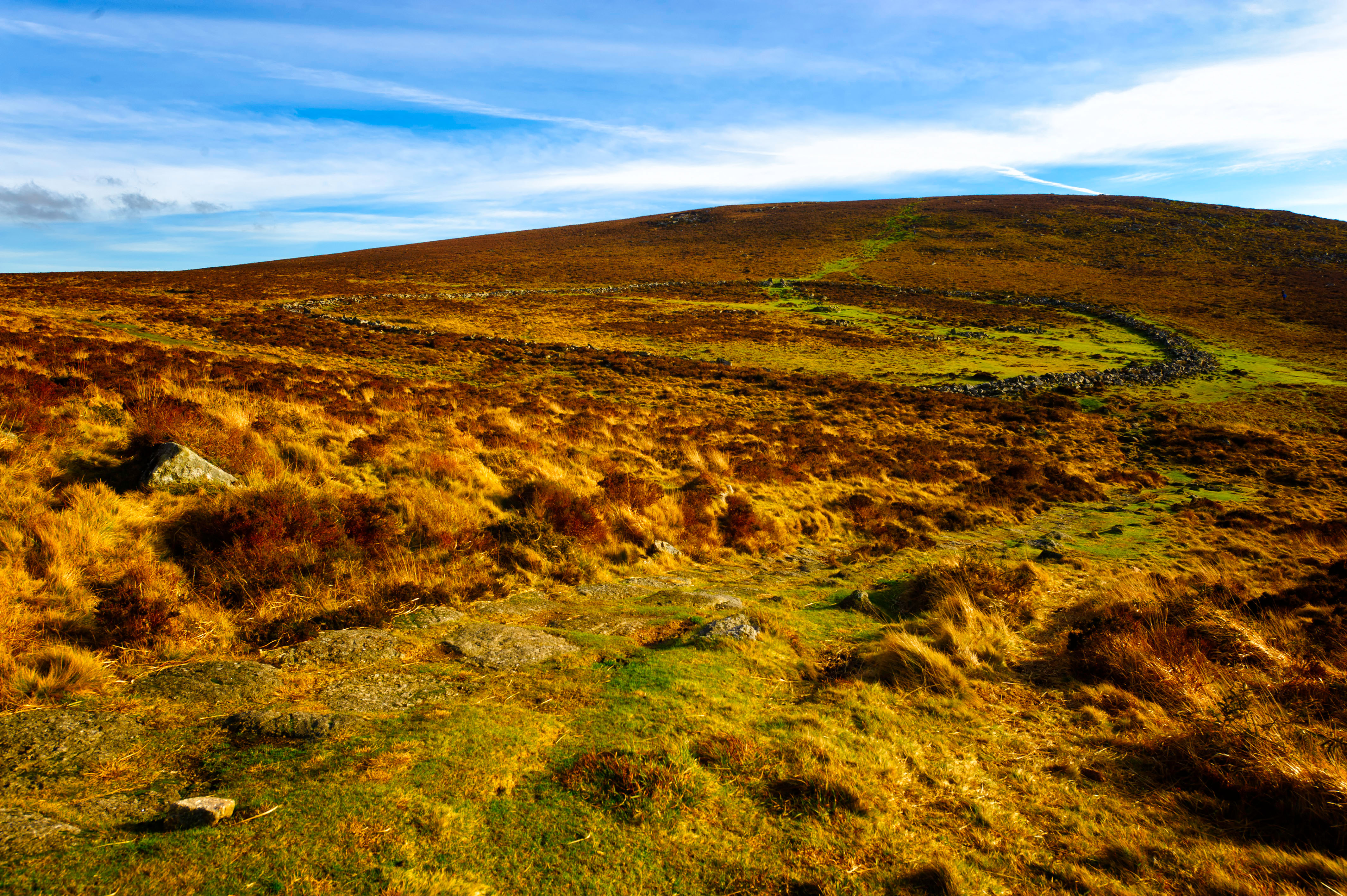
Walking on Dartmoor: 'Ponies, sheep and cattle have created an extraordinary upland landscape, but there’s now fear among the commoners'
The people who manage the evocative Dartmoor landscape are facing challenges, says Fiona Reynolds.

Fiona Reynolds: A walk on the Suffolk coast that brings home the true horror of the new plans for Sizewell
A few months after writing about a development at Otmoor, Fiona Reynolds visits the beautiful Suffolk coast — and can't
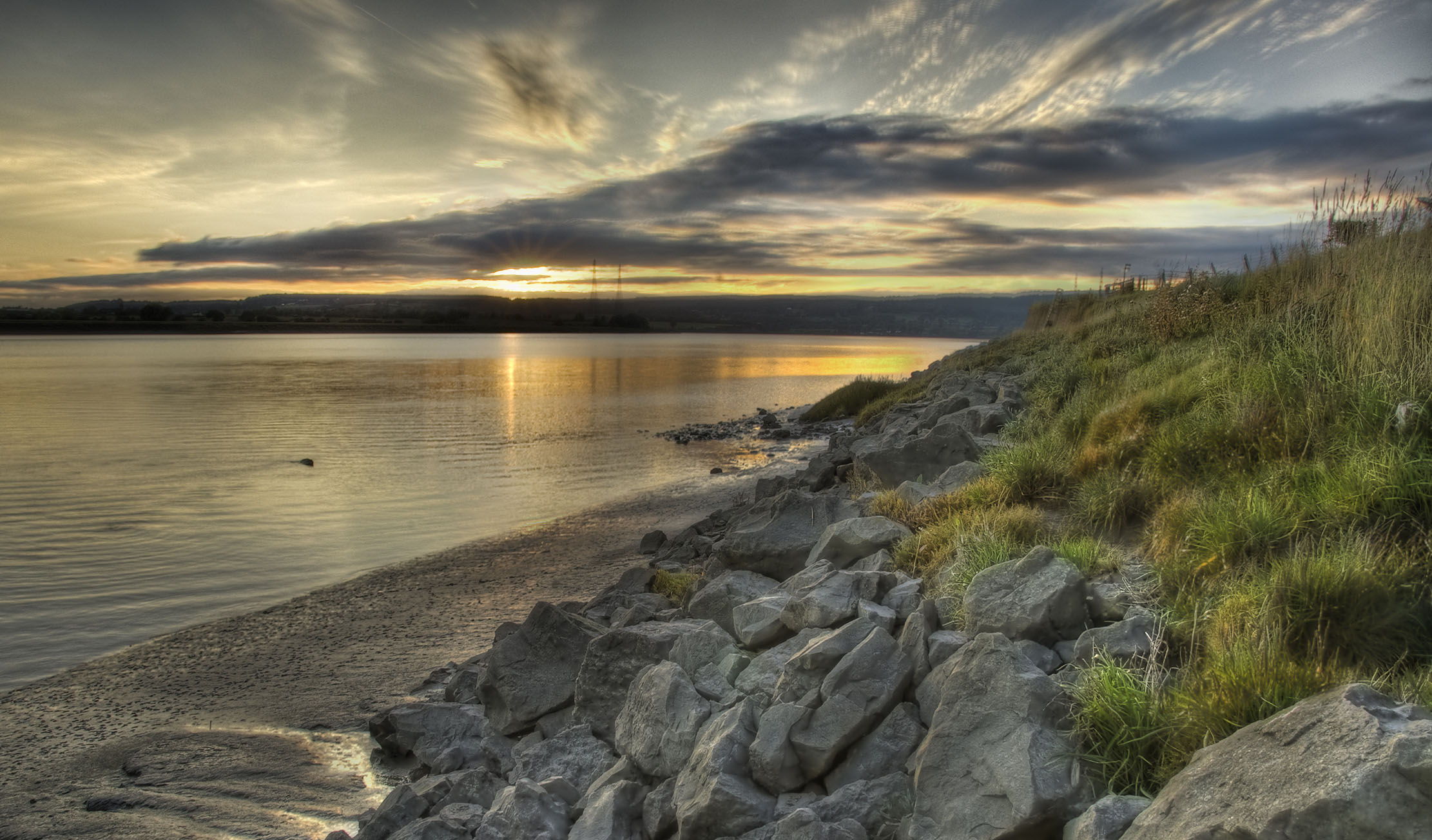
Fiona Reynolds: 'The day wears to a close, satisfied by a long walk and new discoveries close to home'
Fiona Reynolds recounts a pre-lockdown tale of a walk along the banks of the River Frome to where it meets
Fiona Reynolds is chair of the Food, Farming and Countryside Commission, the former director-general of the National Trust, former Master of Emmanuel College, Cambridge, and the author of The Fight for Beauty. Follow her on Twitter @fionacreynolds.
